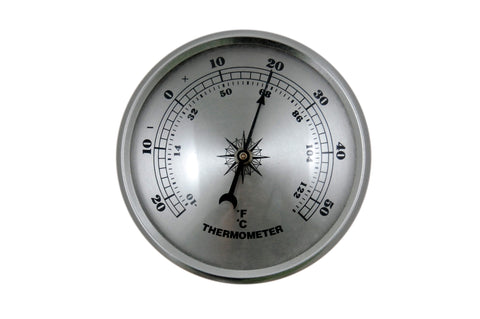Yes, There's Science
Why Do Cats Like Cardboard Boxes?

422,000 YouTube videos can’t be wrong: cats like cardboard boxes.
Anyone who’s ever owned a cat already knew that, and probably has a few filthy Amazon boxes lying around their living room to prove it. The connection between cats and cardboard is well documented and many of you may have thought it was just a weird “cat” thing. But no, there’s real science behind why cats love cardboard.
There are scientists working on sending astronauts to Mars. There are scientists trying to cure disease. And then there are scientists trying to understand why cats like boxes so gosh darn much. Ultimately, there are three reasons that cats find a good cardboard box irresistible that are rooted in their feline biology.
Cardboard Boxes Help Cats Control Their Temperature

Cats and humans do not share the same thermoneutral zone. The thermoneutral zone is the temperature range in which a living thing does not have to expend extra energy to stay warm or keep cool. According to a 2006 study by the National Research Council, a cat’s thermoneutral zone is between 86 and 97 degrees Fahrenheit, which is a good 20 degrees higher than that of his or her human owner. The NRC study also found that cats are housed at around 72 degrees, which is at least 14 degrees too cool for a cat.
Corrugated cardboard happens to be an excellent insulator, and small spaces, like the kind of boxes cats seem to favor, force them to curl up, helping conserve body heat.
Cardboard Boxes Help Cats Relieve Stress

Ethologist Claudia Vinke of Utrecht University in the Netherlands studied cats and boxes in a Dutch animal shelter. Some newly arrived cats to the shelter were given boxes to hide in, while others were given no boxes. Stress levels were significantly higher for the “unboxed” cats. Cats with boxes seemed to get used to their new digs more quickly and were more interested in interacting with people than their more stressed, box-free counterparts.
It’s not the boxes themselves that provide relief to stressed out cats; it’s the opportunity to hide. “Hiding is a behavioral strategy of the species to cope with environmental changes,” Vinke said. In other words, it’s natural for a stressed cat to withdraw to a hiding place, like a cardboard box, to self soothe.
Cardboard Boxes Allow Cats to Be Wild Indoors

You may think of your domesticated cat as your little cuddle bug, but underneath the fluff and purr is the heart of a lion. Your cat may get all of the nutrition it needs from a can, but a cat is still a predator. Its instinct is to stalk and ambush prey. Boxes provide great hiding places and help cats express their natural behaviors.
So, there you have it: the science behind your cat’s obsession with cardboard boxes.
